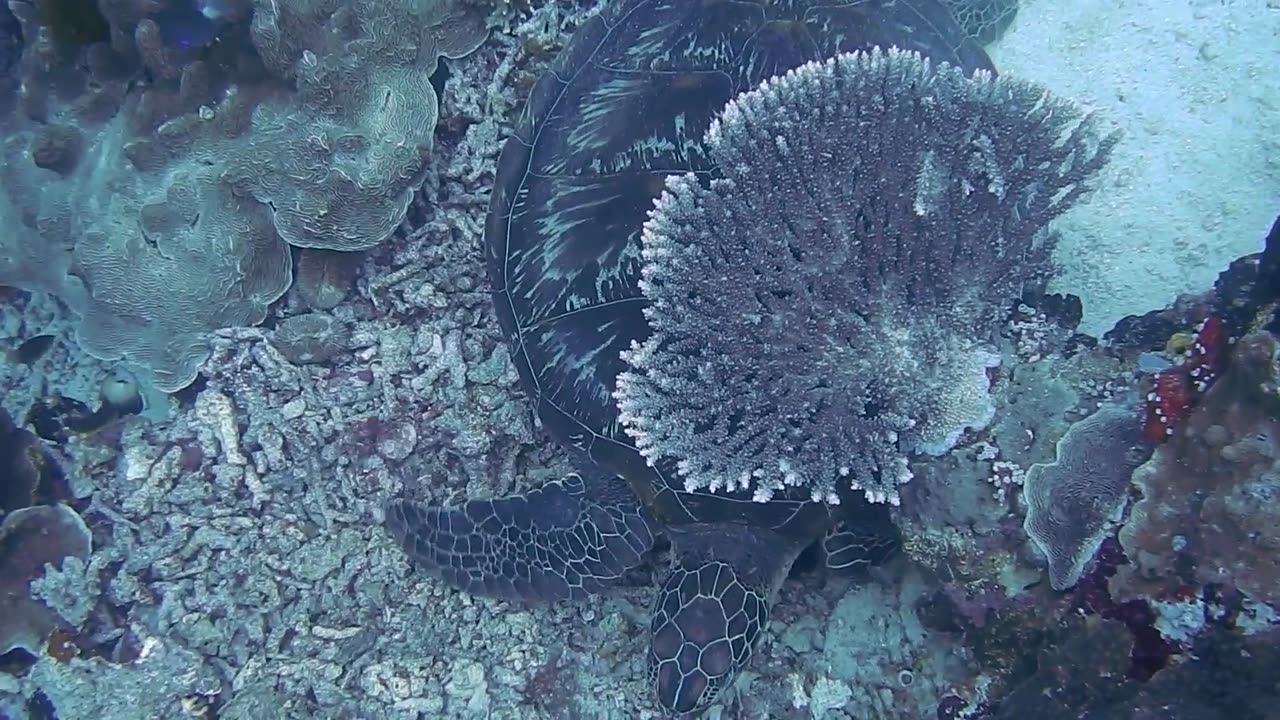Premium Only Content

fish Amizing
Body Structure: Fish have a body structure adapted for swimming efficiently through water. Their bodies are usually elongated and streamlined, reducing drag. They have scales covering their skin, which serve as protection.
Respiration: Fish respire through gills, which extract dissolved oxygen from water. Water passes over the gill filaments, where oxygen is absorbed into the bloodstream and carbon dioxide is released.
Fins: Fish have fins that aid in movement, stability, and maneuverability. These fins come in various shapes and sizes and may include dorsal fins, pelvic fins, pectoral fins, anal fins, and caudal fins (tail fins).
Reproduction: Fish reproduce in various ways, including external fertilization, where eggs and sperm are released into the water simultaneously, and internal fertilization, where fertilization occurs inside the female's body.
Habitats and Adaptations: Fish inhabit a wide range of aquatic environments, including freshwater lakes, rivers, oceans, and even some extreme environments like deep sea trenches and polar regions. They exhibit various adaptations to their habitats, such as camouflage, bioluminescence, and specialized body shapes.
Diet: Fish are diverse in their dietary habits. Some are carnivorous, feeding on other fish or small aquatic animals, while others are herbivorous, feeding on algae or plant matter. Many fish species are opportunistic feeders, consuming whatever food is available in their environment.
Ecological Importance: Fish play crucial roles in aquatic ecosystems as both predators and prey. They help maintain ecological balance and nutrient cycling in aquatic environments. Additionally, many fish species are important economically, providing food and livelihoods for millions of people worldwide.
-
 2:04:42
2:04:42
TimcastIRL
14 hours agoStock Market BLOODBATH After China Places 34% Tariff On US, Trump HOLDS FIRM | Timcast IRL
440K424 -
 4:01:18
4:01:18
Alex Zedra
13 hours agoLIVE! Playing Verdansk all night
110K9 -
 3:26:03
3:26:03
Father Russell
5 hours agoJust Gameplay Day | Chill and Kill
31.8K2 -
 4:09:39
4:09:39
I_Came_With_Fire_Podcast
21 hours agoTARIFF TAKEOVER | REDCOATS 2.0 | DOGE FINDS SOMETHING HORRIBLE
79.4K20 -
 9:21:54
9:21:54
Dorian_D
15 hours ago🔥🔥 Hades PS5 Blind Playthrough LIVE! 🔥🔥
25.6K -
 8:00:00
8:00:00
SpartakusLIVE
1 day agoThe MACHINE is back after a RESTFUL 4 hours of sleep
200K8 -
 6:10:55
6:10:55
Eternal_Spartan
14 hours agoLive at 9pm Central! Come Hang Out w/ a USMC Vet Playing HALO! Can't Wait to See Everyone!!
82.5K3 -
 5:09:12
5:09:12
EzekielMaxwellVT
16 hours agoVTuber/VRumbler - Vampire The Masquerade - Listening to the voices in Jo's head
69.2K1 -
 6:48:45
6:48:45
Welsh Girl
16 hours ago🔴 Minecraft - Finding the Ender Dragon - DAY 7
76.7K5 -
 4:00:33
4:00:33
SynthTrax & DJ Cheezus Livestreams
1 day agoFriday Night Synthwave 80s 90s Electronica and more DJ MIX Livestream Trip-Hop SPECIAL EDITION
93.7K1